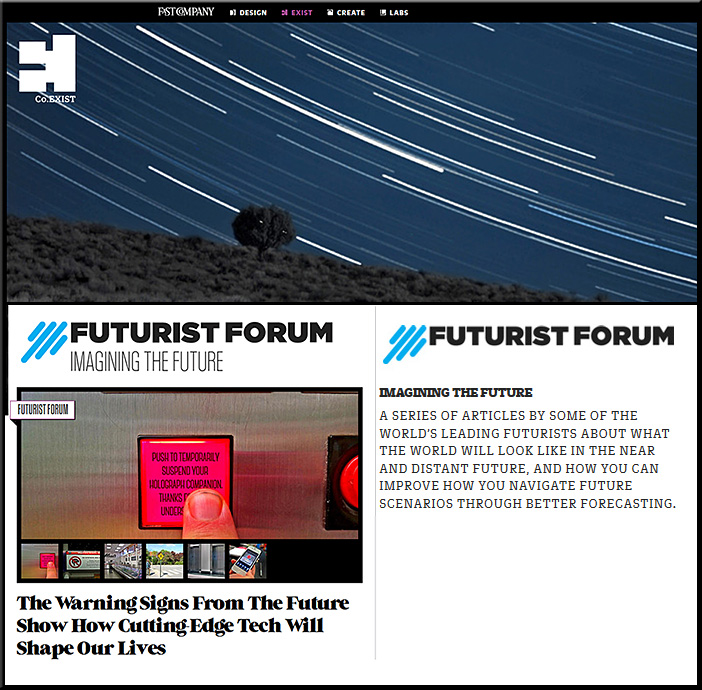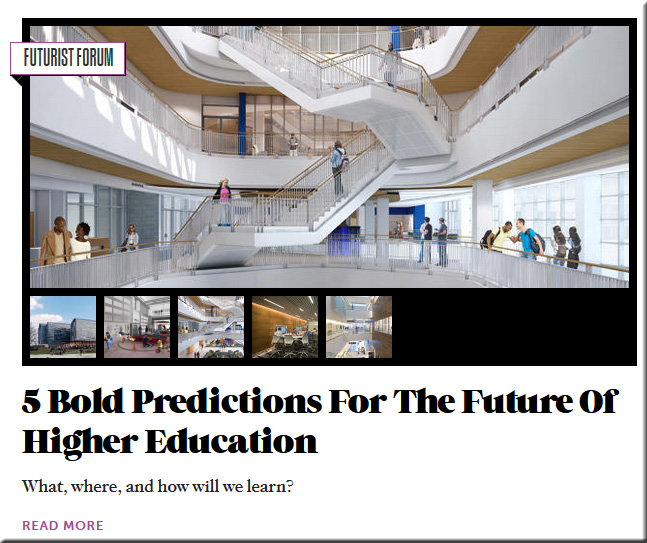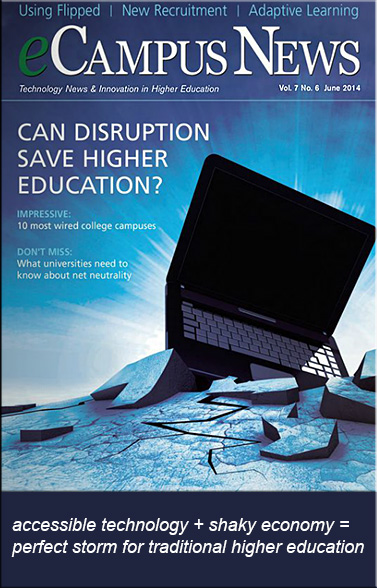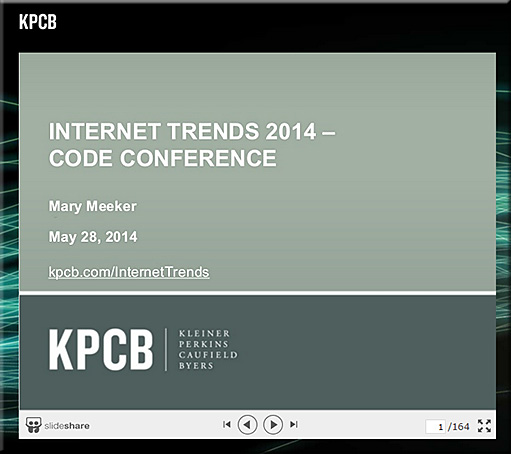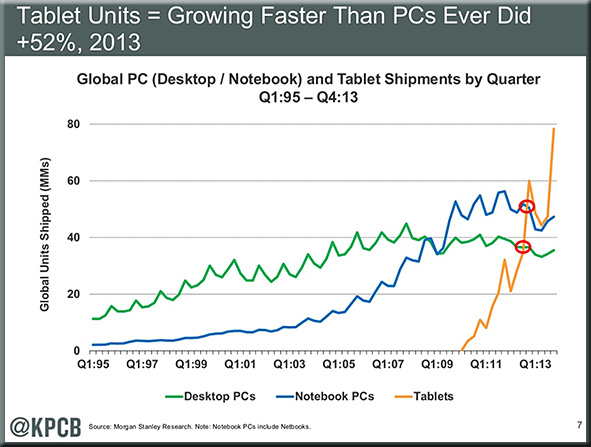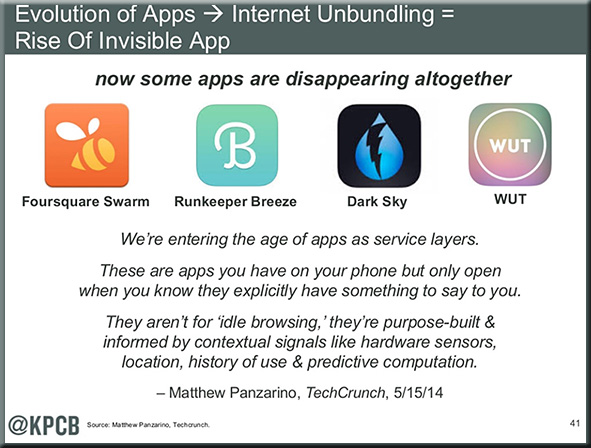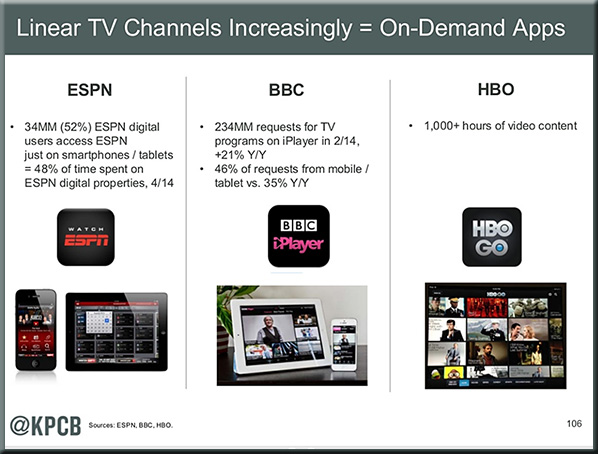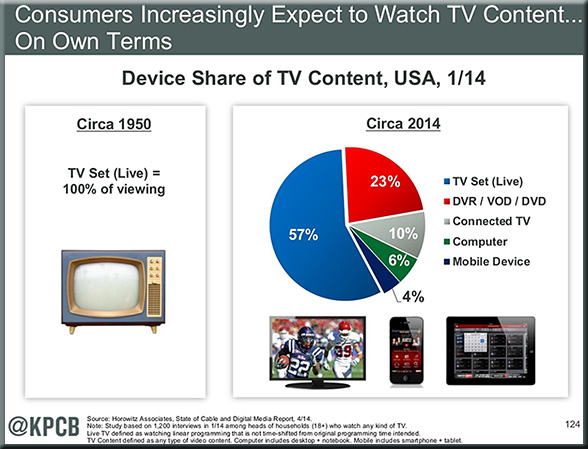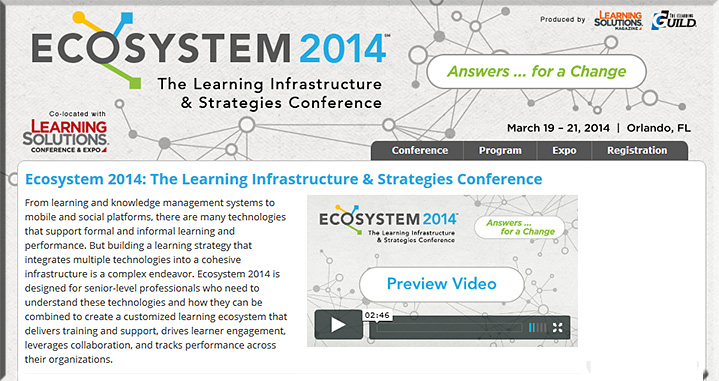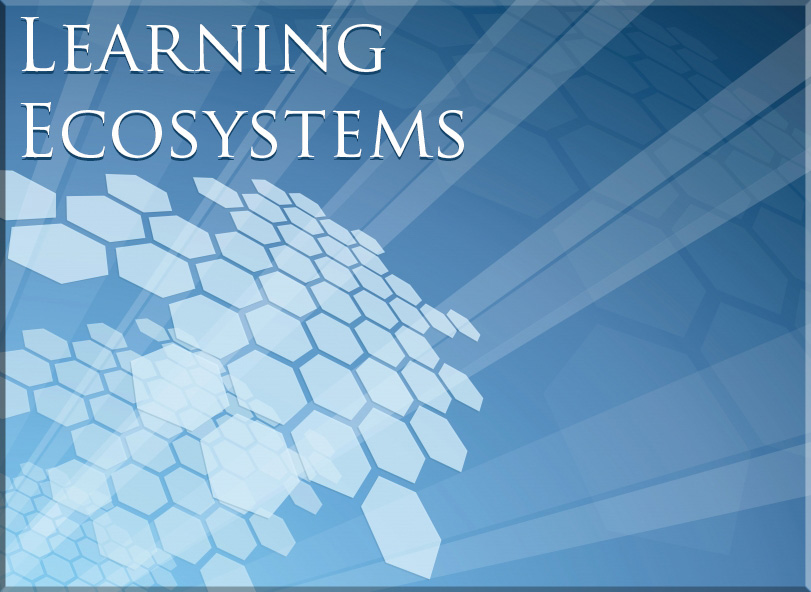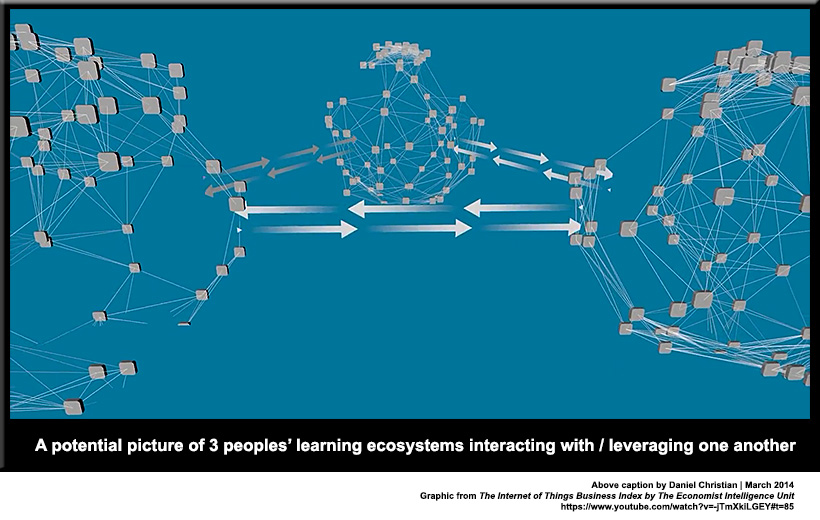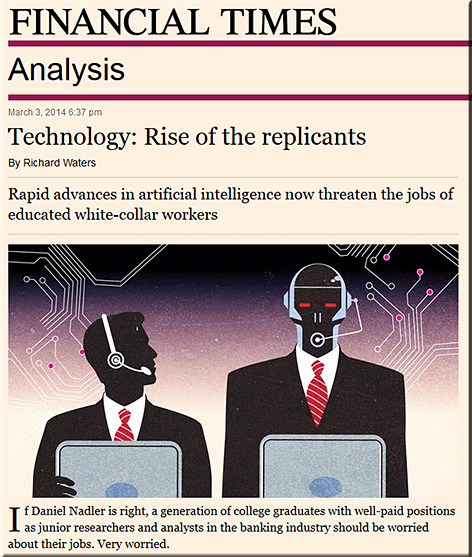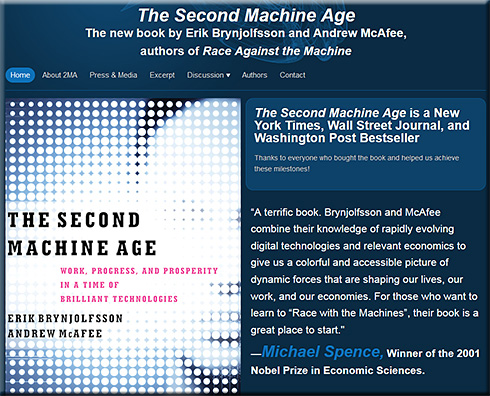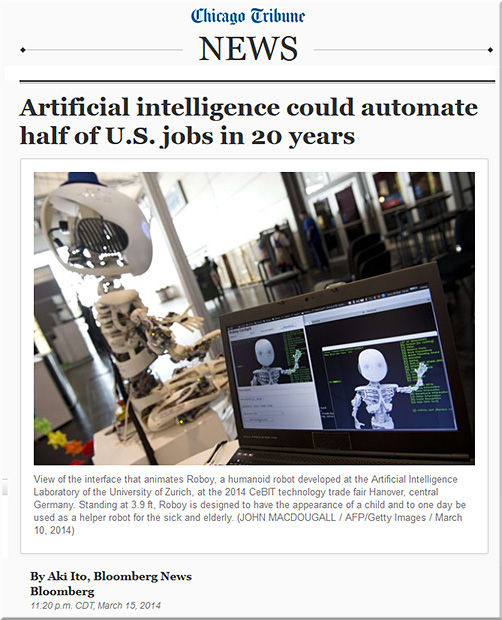Synthesis, capabilities, and overlooked insights: Next frontiers for strategists — from mckinsey.com by Fred Gluck, Michael Jacobides, & Dan Simpson
The founder of McKinsey’s Strategy Practice, a London Business School professor, and a chief strategist turned professor describe pain points and possibilities for strategists on the leading edge.
Excerpts:
I think of strategic planning as the job of collecting and analyzing the enormous amounts of data that characterize the modern world and monitoring changes in markets and the competitive environment. This process, which requires frameworks and concepts, is where academics can contribute most in the way of ideas, and strategic-planning groups can add the most value. Strategic planning, defined in this way, provides the raw material and factual basis for strategic thinking and opportunistic decision making.
…
This is the essence of strategic thinking and strategic management: it’s where creativity is paramount and insights take place, and it’s not something that should be limited to an annual strategic-planning process.
…
Personally, I think this concern is overdone. The real danger is “gray rhinos”: while hard to miss in the zoo, they are surprisingly difficult to spot in the South African bush, obscured as they are by the vegetation. By the time they’re visible, they are already storming toward you, leaving little chance to react. As academics, our job is to help managers tune into the rustling leaves or cracking twigs of an approaching challenge—or opportunity—before it’s upon them. To do that, we must focus on the parts of the environment that matter most and make sure the tools we carry are fit for the purpose.
…
In all of these areas, what really excites me is the prospect of a stronger link between practitioners and academics, so we can leverage the research we’ve done and shape the research we need to do. Together, we can simplify reality without distorting it and uncover the social laws that we don’t yet understand but shape our world.
…
What, in retrospect, is ascribed to poor execution instead has its roots in an unexpectedly large gap between a company’s capabilities and the ones needed to deliver the strategy successfully.
From DSC:
In reading the above article, I couldn’t help but think of some of the similarities between futurism/futures studies and strategic planning/thinking. To me, they both involve — at least in part — some pulse checking. Pulse checking various landscapes. Looking out to see what’s coming down the pike, and if those developments might be useful to one’s organization. Helping others hear “the rustling leaves or cracking twigs of an approaching challenge—or opportunity—before it’s upon them.” I try to do this for higher education. But the windows of opportunity don’t stay open forever. Vision and action are required.
Also, I appreciated McKinsey’s work here because they are open to — and trying to — better integrate the work of academics with the business world; they shouldn’t be separate in my mind.
Also see:
- What strategists need: A meeting of the minds — from mckinsey.com
A unique gathering of strategists from academia, leading companies, and McKinsey debates the state of the discipline, with an emphasis on opportunities for innovation in a changing world.
.
- VIDEO | The Higher Ed Revolution Requires Employer Participation – by Heather Adams | Developer and Coordinator of the Transfer Program, UC Los Angeles









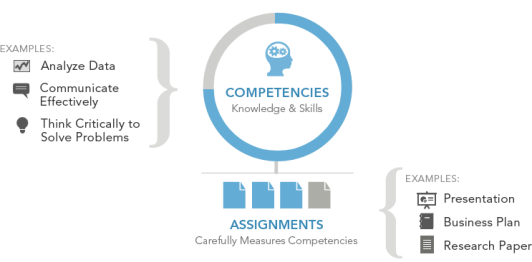
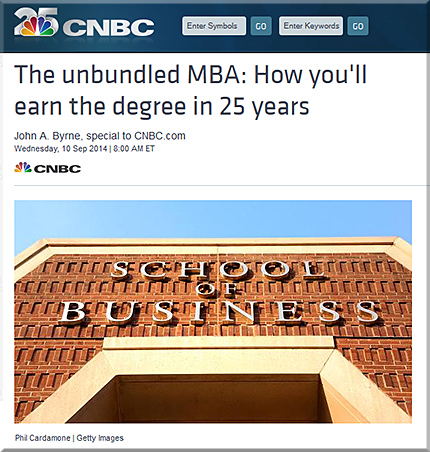


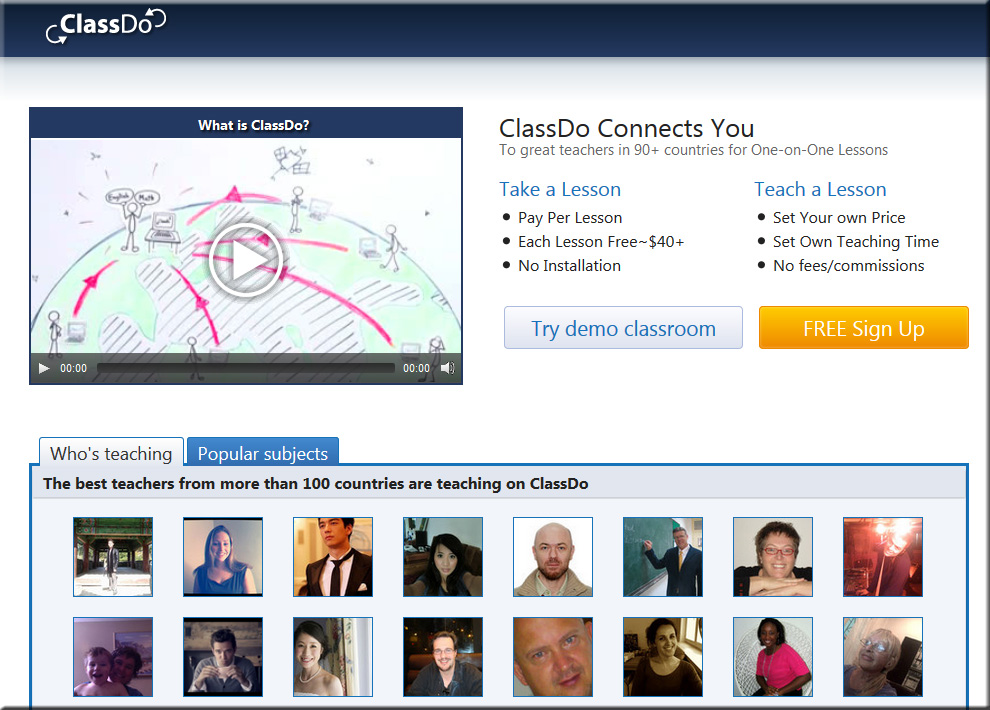



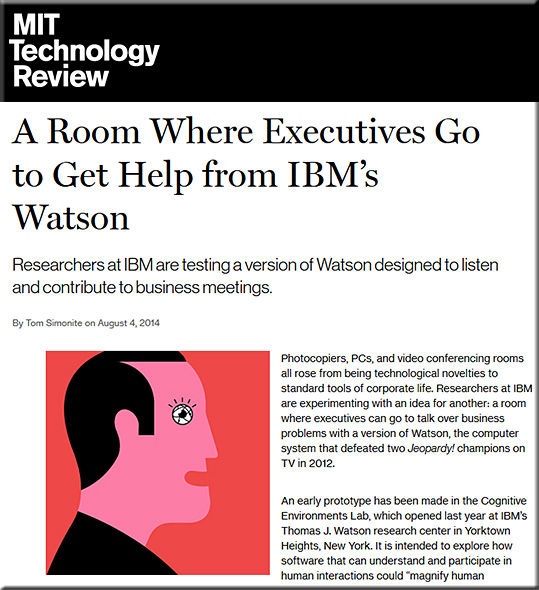

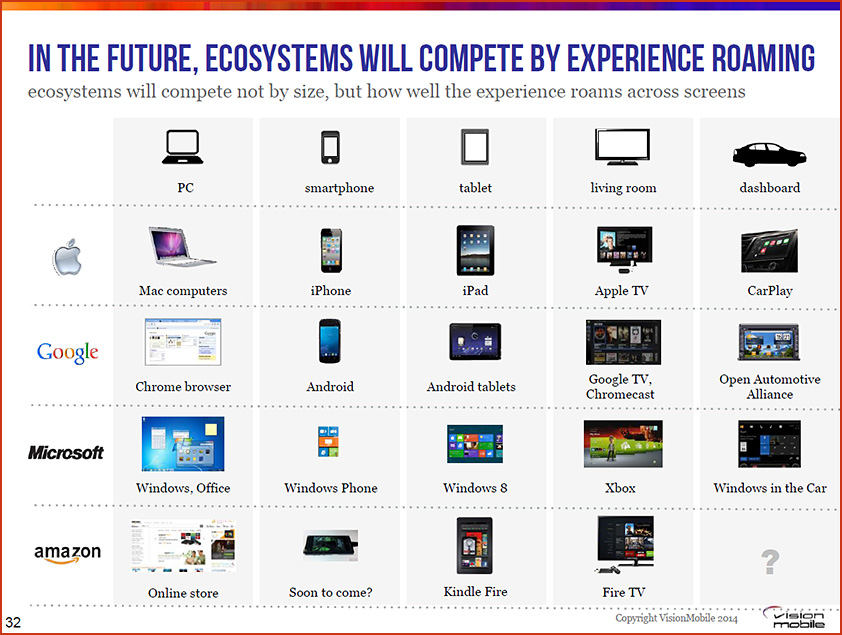
![The Living [Class] Room -- by Daniel Christian -- July 2012 -- a second device used in conjunction with a Smart/Connected TV](http://danielschristian.com/learning-ecosystems/wp-content/uploads/2012/07/The-Living-Class-Room-Daniel-S-Christian-July-2012.jpg)
